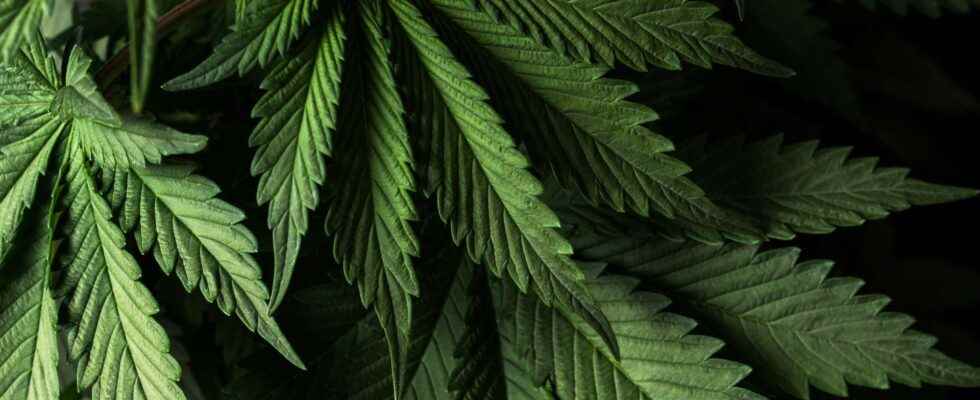Cannabis produces secondary metabolites of great interest to scientists. Among the best known is CBD. At the University of Oregon, a team tested the antiviral properties of two cannabinoids, CBDA and CBGA, in experiments in vitro.
You will also be interested
[EN VIDÉO] Cannabis: A Painkiller For Sickle Cell Patients? A new study suggests that cannabis may help patients with sickle cell disease fight chronic pain. A first step which will have to be confirmed in the future.
Plants are teeming with molecules therapeutic potential. L’species which has been of great interest to scientists lately is cannabis (Cannabis-sativa) and its non-psychotropic version, hemp. Among the 170 metabolites secondary secreted by the cannabis, there is one family, in particular, that has been the subject of most scientific research, the cannabinoids. They attach to receptors of the same name throughout the body and have pharmacological properties interesting for the treatment of certain diseases. The most studied are the THC and CBD.
In a recent study published in Journal of Nature Products, a team from the Linus-Pauling Institute, located in Oregon, and the University of Science and Medicine in the same state, showed the ability of several cannabinoids to block the entry of the SARS-CoV-2 in cells grown in the laboratory. Preliminary results which do not however indicate that cannabinoids are effective treatments against SARS-CoV-2.
Two compounds in cannabis that reduce infection of cells with coronavirus
Two cannabinoids that bind to the coronavirus have been identified among the dozen tested: CBGA and CBDA. These two molecules are able to bind to the S protein of the coronavirus and its variants, precisely at its S1 subunit. This is the first step. After that, the scientists tested the neutralizing action of these two compounds on SARS-CoV-2. The virions were incubated in the presence of CBGA or CBDA before being mixed with Vero6 cells in culture; 24 hours later, scientists looked to see if there was any coronavirus RNA in the cells. For both compounds, the genetic material SARS-CoV-2 is completely absent from cells.
CBDA and CBGA 24 and 37 µg / mL, respectively, are needed to halve infections in vitro. These values vary according to the variants considered, here Alpha and Beta, but according to the authors of the publication they ” are high but could be clinically feasible “. CBDA and CBGA could be more effective mixed in cocktail than alone since their modes of action are compatible.
To ensure the real benefits of these molecules against the coronavirus, further research is essential. In the complex environment that is the human body, CBDA and CBGA could behave differently and provide none of the benefits observed here, in a simple culture dish.
Interested in what you just read?
.
fs6
